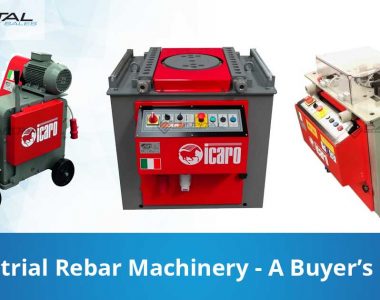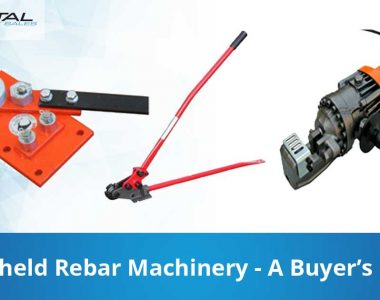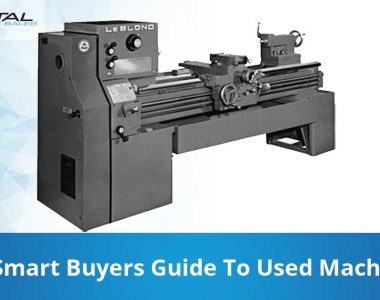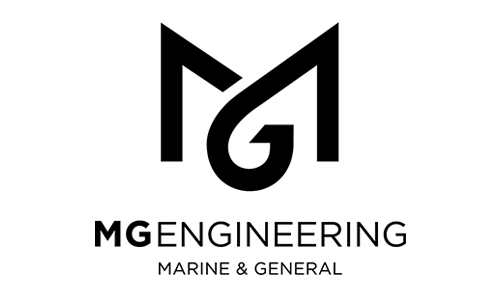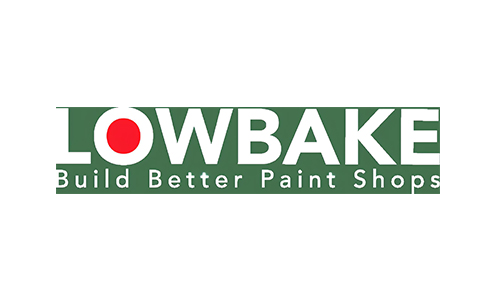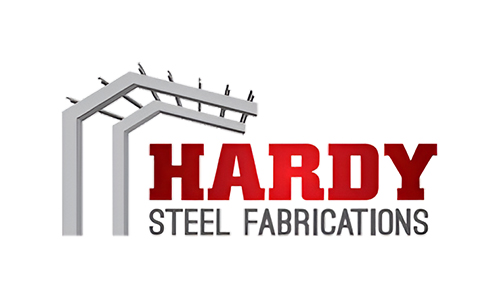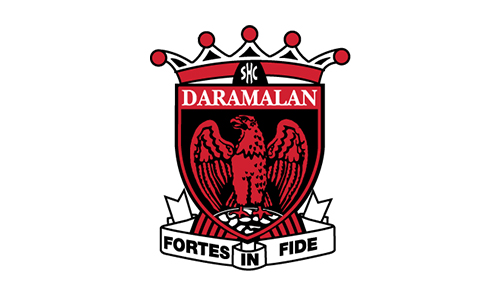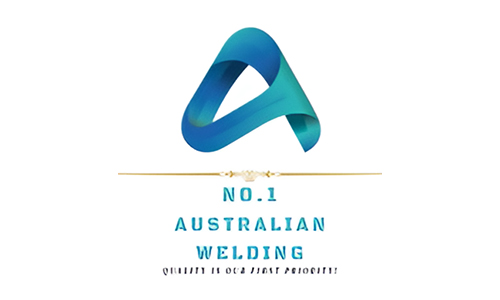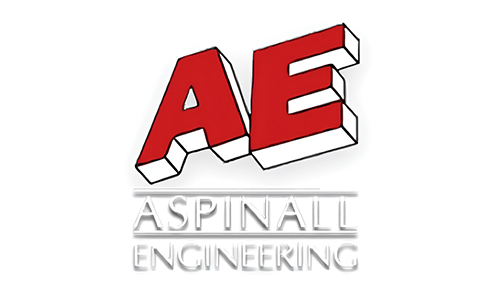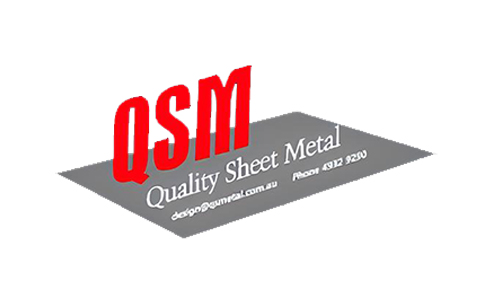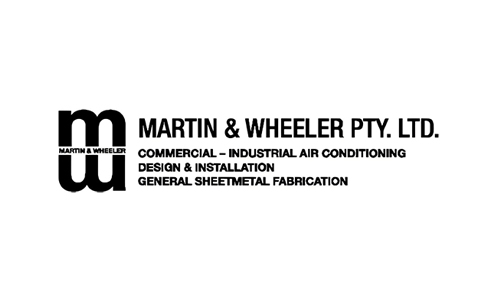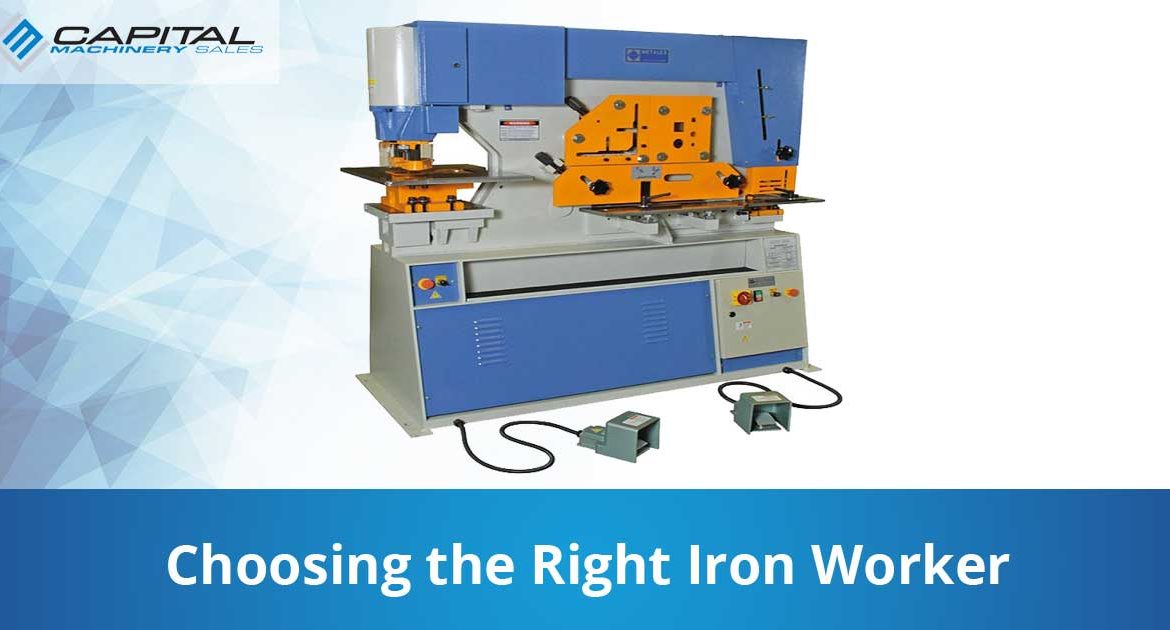
Choosing the Right Iron Worker
When it comes to metal fabrication, choosing the right Iron worker is very important. Ironworking is the first step in the manufacturing process and having the right iron worker can provide enough fabricated material to keep welders and assemblers enough time.
An Iron worker has the ability to perform a variety of operations and punch materials in different shapes and sizes. It can also do different task like shear rod, flat bar, angle and channel. Ironworkers also have special tooling to bend, stamp and form materials.
However, it is important to put into considerations the capacity, versatility, safety features and the quality of the iron worker. The material thickness also indicates if you’re going to use an iron worker or a turret punch. For iron workers, it can punch a plate up to one inch or even thicker while turret punch are used to ¼ inch and thinner.
Iron worker Capacity
The very first step is to determine the maximum thickness to establish the range needed for your punching application. Examine the steel rack and the material you’re fabricating. Determine the maximum hole diameter to be punched; the maximum thickness of the material, width of the channel, angle and rod to be sheered or bent.
Part width or material plays a vital role on iron worker selection. Throat depth of an iron worker punch station should be greater than half of the material width. Length of the material is not an issue when it comes to iron worker because it can process almost any material or part length.
Since there are many types of steel and different range of hardness, it is recommended that your machine is at least 20 percent larger than you think. Avoid getting a machine that is too small. Be sure that you compare the rating of the machine in terms of thickness of the material it can punch, diameter of the hole and the applicable tonnage of the iron worker.
Iron worker Quality
Quality can be determined in terms of the pivot points and beams strength of the steel under pressure. Another indicator of quality is how much shock is produced by the iron worker during the process. Excess on shock can be identified by loud popping or banging noise as the punch goes through the material. Continued shock can cause the welds to break as well other failures. Higher quality machines controls these kinds situation by increasing the side frame, beam and pin size.
Hydraulic system should also be considered when it comes to quality. Buying an iron worker means the machine is producing tons of pressure. Some ironworkers are designed with mechanical advantages to produce more tonnage and less horsepower making the machine more efficient. Machines with higher-horse power usually operates at a higher hydraulic pressure.
The iron worker is vital among shops and when technical hitches occur negative impact on production can happen. Take your time to analyze the iron worker and carefully assess the quality.
Iron worker Safety
The safety when handling the iron worker is very important. Make sure to choose the best iron worker that has excellent standards.
Firstly, start with examining the guard. Make sure that it can be adjusted down to within ¼ inch from the material to be punched and the bottom of the guard and stripper. This prevents the operator from placing their bodies between the material being punched and the mechanism. These stations should offer complete and has the standard requirements for safeguarding as well.
The machine should have infinitely adjustable stroke control to minimize the machine movement, decrease the pinch points and increase the strokes per minute when it comes to production. It is essential in bending applications and for special tooling; adjusted in addition to the downstroke.
Safety also includes the proper alignment of the Punch and Dies. Punches are usually hardened to 58 rockwell, the punch will not bend as it collides with a die. Misalignment can cause flake or even explode causing minor to severe damage to the operator.
The method of aligning the punch and die is similar to the way punch presses have been aligned for many years. This is done by bringing the punch ram to the bottom of the stroke and installing the Punch and Dies when the stroke down.
Iron worker Versatility
Iron workers are equipped with flat bar shears but the main difference between the flat bar shears are the length and the approach of the blade to the material. Ironworkers uses a guillotine, fixed rake angle shears and scissor type shears.
Iron workers are available in different designs that enhances capabilities and versatility. For example, the stations on the machine are permanently built; these machines have punching stations, angle shears, rod shears, notchers and short flat shears.
In terms of steel fabrications, you may prefer these types of machines because the all stations are covered with the materials you’re planning to fabricate. Sometimes we encounter clients with different specification when it comes to fabrication and if you’re in general welding, maintenance and structural steel fabrication, you may want an iron worker that offers the capability to adapt to all customers. Concepts on tabletop tooling provides a variety of tools that will help you with any of your future projects.

